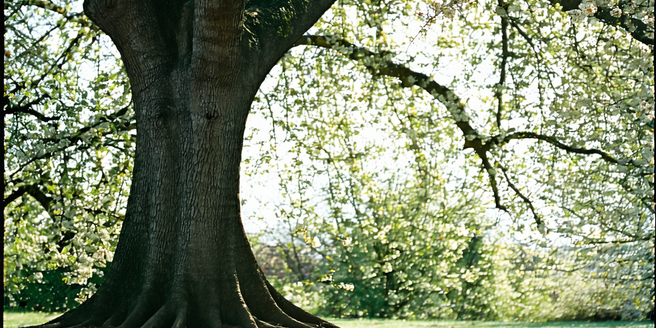
Understanding Pollen Types and Their Impact
Pollen comprises microscopic grains vital for plant reproduction. Common pollen types include tree, grass, and weed pollen, each affecting individuals differently during its peak season. Tree pollen spikes in early spring, often causing allergies due to species like oak and birch. Grass pollen becomes prevalent in late spring and early summer, with varieties such as Timothy and Bermuda leading to hay fever symptoms. Weed pollen emerges toward summer’s end, with ragweed being a primary culprit. These pollen types interact with environmental conditions differently, influencing their distribution and impact. Understanding these variations is crucial for allergy sufferers, allowing for better preparation and management. By monitoring local pollen forecasts and identifying specific sensitivities, individuals can mitigate exposure risks.
How Spring Weather Influences Pollen Levels
Spring weather significantly affects pollen levels, as temperature, rain, and wind play pivotal roles. Warmer temperatures in spring can lead to early flowering of plants, increasing pollen levels as trees like birch and alder release their pollen. On the contrary, frequent rain can reduce airborne pollen by washing it to the ground, temporarily easing allergy symptoms. Windy conditions, however, exacerbate pollen distribution by transporting grains over long distances, increasing exposure risks. Seasonal weather changes can lead to unpredictable pollen patterns, with bursts of high pollen counts during dry, windy spells. Those sensitive to pollen can plan activities by monitoring weather forecasts, reducing outdoor exposure during peak times to alleviate discomfort and manage symptoms effectively.
Identifying Peak Pollen Times and Regions
Recognizing peak pollen times and regions is vital for minimizing allergy risks. In many areas, pollen counts rise significantly in spring, with tree pollen peaking first. This is usually followed by grass pollen in late spring and early summer, while weed pollen dominates late summer to autumn. Pollen season varies by region due to climate differences, with warmer southern areas experiencing earlier, longer seasons. Urban areas might see higher pollen due to increased plant diversity and pollution enhancing allergic responses. Identifying local pollen calendars and monitoring allergen forecasts can help in planning outdoor activities. Understanding regional and temporal pollen trends enables proactive measures to diminish exposure, providing respite for allergy sufferers.
Effects of Pollen on Health and Well-being
Pollen can significantly impact health and well-being, especially for allergy sufferers. Common symptoms include sneezing, runny nose, itchy eyes, and congestion, which can disrupt daily life and reduce productivity. Prolonged exposure can exacerbate asthma, leading to more severe respiratory issues. Mental health may also suffer, as the stress of managing symptoms affects mood and cognitive functions. Sleep disturbances caused by nighttime allergies can lead to fatigue and decreased concentration. While medications offer relief, avoiding pollen through strategic planning is essential for maintaining well-being. Expanding public health initiatives and awareness campaigns can better equip individuals to understand and manage pollen-related health challenges effectively.
Strategies to Mitigate Pollen Allergies
Mitigating pollen allergies involves several strategic measures to minimize exposure and alleviate symptoms. Begin by monitoring local pollen forecasts to avoid peak times; staying indoors during high pollen counts can significantly reduce exposure. Using air purifiers at home and installing pollen filters in cars helps create a safe indoor environment. Showering and changing clothes after outdoor activities prevent bringing pollen particles indoors. Over-the-counter antihistamines and nasal sprays offer symptom relief, while immunotherapy provides a long-term solution for severe allergies. Landscaping with low-pollen plants around homes can also be beneficial. Consulting an allergy specialist for personalized advice ensures a comprehensive approach to managing pollen allergies.
Future Trends in Pollen Research and Monitoring
Advancements in pollen research and monitoring are paving the way for improved management of allergies. Emerging technologies like remote sensing and machine learning are enhancing pollen forecasting accuracy, providing real-time data to the public. Wearable air monitors and mobile apps are being developed to alert users of high pollen areas, facilitating informed decisions about outdoor activities. Researchers are also exploring the impact of climate change on pollen seasons, predicting shifts in timing and intensity. Improved public access to this information can help allergy sufferers prepare for and manage symptoms more effectively, improving quality of life. Ongoing studies aim to develop personalized allergy management tools, marking a significant step forward in public health.
